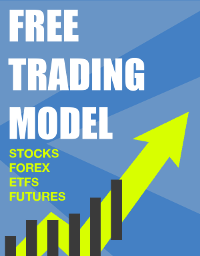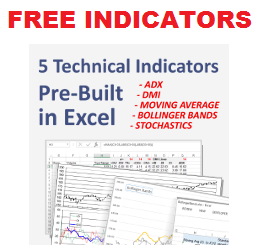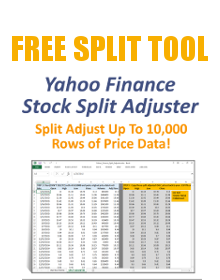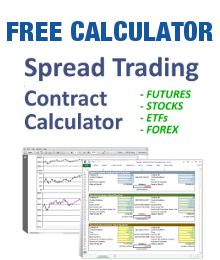Top quality trading VBA must be written in a highly module-based manner. Applying Microsoft’s native VBA capabilities, you can create a selection of custom functions which will then be called within your VBA and with user controls such as checkboxes. The more component-oriented you create your computer code, the better. When your code catalogue gets sufficient, you should think about building it into an add in library rather than locating it in a single sheet. This allows you to promote your trading VBA between multiple users, such as a group of trading desk experts tracking profits and entering trades, or a grouping of traders in several geographic spots.
An initial concern is how the root Excel design will be utilized. Is it a real time trading platform with straight through processing, intelligent P&L computations, and a calculation powerplant in the underlying software layer? Or is it a specialized pricing or position tool with complicated models and formulas? Is it applied by an investor, risk analyst, desk analyst, statistician or quant, or controller? The model’s trading VBA will be employed in a different way in each situation.
Secondly, do you plan to put into practice the complete model in VBA with Excel solely recording the inputs or root data? Or will the code be coupled with formulas, hands-on actions, graphs, or any other Excel features? trading VBA can be used to do almost anything from pricing to trade processing to risk analysis and market data handling.
Traders use Excel on a regular basis, but how do they really make their trading models work in a rapidly moving atmosphere loaded with large volumes of facts? This is one of the key issues when developing trading VBA. The methods for implementing a capital markets Excel model are well-known on Wall Street.
There will be an overlap between the functionality of a complex Excel trading spreadsheet and focused trading computer software. You can use VBA to automate data import and examination, create dynamic blotters, generate and implement trade instructions, journal trade behavior, measure financial risk and exposure limits, monitor present-day and cumulative cash flows, run risk tools, and analyze old trading effectiveness. Despite the fact that visual basic is not the quickest language, it is highly functional and will save considerable time when compared with doing everything in Excel without automation.
Considering these things before developing your Excel trading VBA will let you plan and code the project the proper way.





